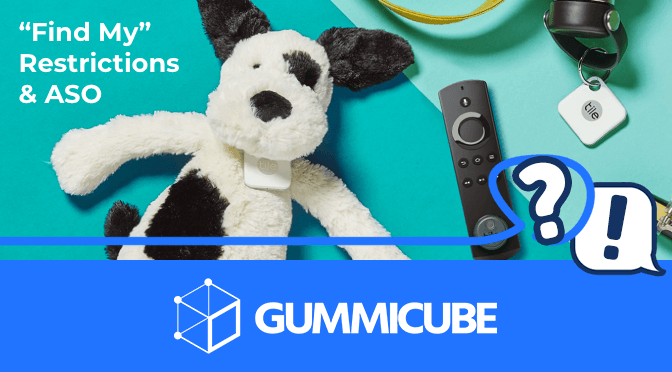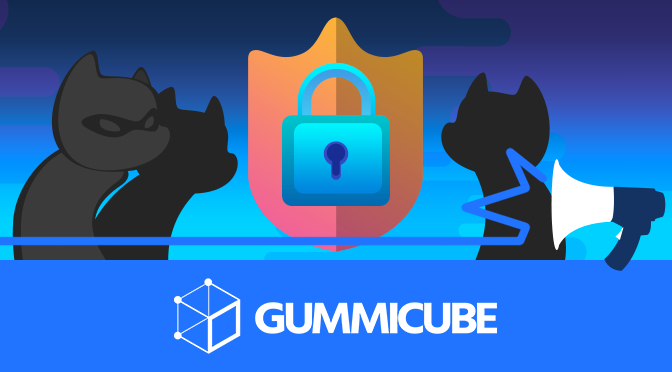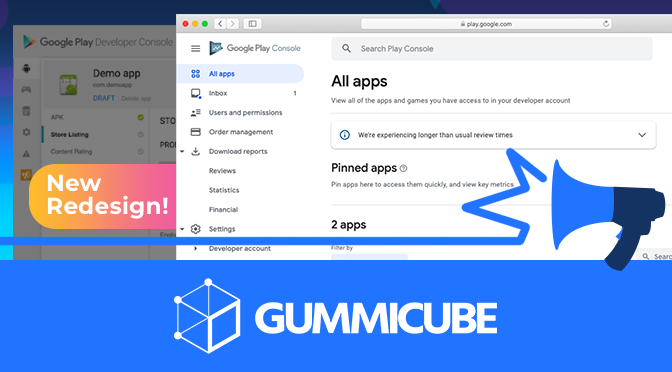
App Store Holiday Schedule 2020
Posted on November 23rd, 2020
When is the App Store Holiday Schedule 2020? Learn about the dates of this year's shutdown and how to prepare.

Apple product users are familiar with tools like “Find My Phone” and “Find My Mac,” which can help locate lost or stolen Apple devices. The feature is expanding to allow third-party devices to be tracked, but not without some caveats. This may have an impact on the ASO and installs of object tracking apps, so developers should be aware and ready for what’s ahead.
An upcoming addition to iOS 14 is an expansion of the “Find My” network accessory program. Currently, “Find My” can be used to locate a user’s Apple products, such as AirPods or Apple Watch. In iOS 14, Apple customers will be able use it to connect to third-party object trackers, such as Tile or TrackR. If the connected object is lost, users can use “Find My” to locate it, rather than needing an app for each device.
If users want to use “Find My,” they will be unable to use competing services. That means that if they connect “Find My” to a Tile device, they won’t be able to use the Tile app. This is unusual, as Apple has not made a rule to prevent simultaneous connections before now.
Additionally, recent updates to location data guidelines, as announced at WWDC 2020, have added another barrier for the apps being able to track objects. These apps must ask before tracking a location at all times, which is an essential function for tracking apps, although it is important for user security.
While the specifics of the agreement are confidential, app developers must agree to a 50-page “Find My Network Accessory Spec” document.
This has raised concerns about Apple's anti-competition behavior, at a time when Apple is already under scrutiny.
This raises an important question for developers of object tracking apps and devices: what impact will the “Find My” updates and expansion have on their App Store Optimization?
By signing up for the “Find My” Network, developers can enable users to use the physical accessories without needing to download their existing app. While this can potentially improve sales of the physical device, it could also have a negative impact overall.
If users are unable to use the object tracking app after using “Find My,” they’ll either uninstall the app or not search for it to begin with. Either result can have a negative impact on the app metrics and positioning in the App Store.
The lower positioning can reduce discovery and make it less likely users will find the app and buy the associated device. Some users may be searching for an app for finding lost items and see the available options, rather than finding the app after buying the connected device.
If an app loses rankings, it can make it harder for them to acquire new users. The app store listing and ranking are important not only for helping users connect existing devices, but also to help users searching for “find lost keys” to discover a solution.
Proper App Store Optimization can help developers improve discovery for their apps. This requires keyword targeting, conversion optimization and paid marketing to improve App Store rankings and visibility.
The impact that the expansion of “Find My” to third-party devices will have on object tracking apps remains to be seen, but the restrictions it adds may create obstacles. With proper research and optimization, app developers can prepare for changes ahead and help ensure their apps remain visible on the store.
Want to learn more about App Store Optimization? Contact Gummicube and we’ll help get your strategy started.

When is the App Store Holiday Schedule 2020? Learn about the dates of this year's shutdown and how to prepare.

Apple's App Store Guidelines have strict privacy requirements. Developers now must provide information to users on the App Store listing regarding the data they access.

The Google Play Developer Console has been updated with a new design and adjusted tools. What's different, and how will it impact App Store Optimization?